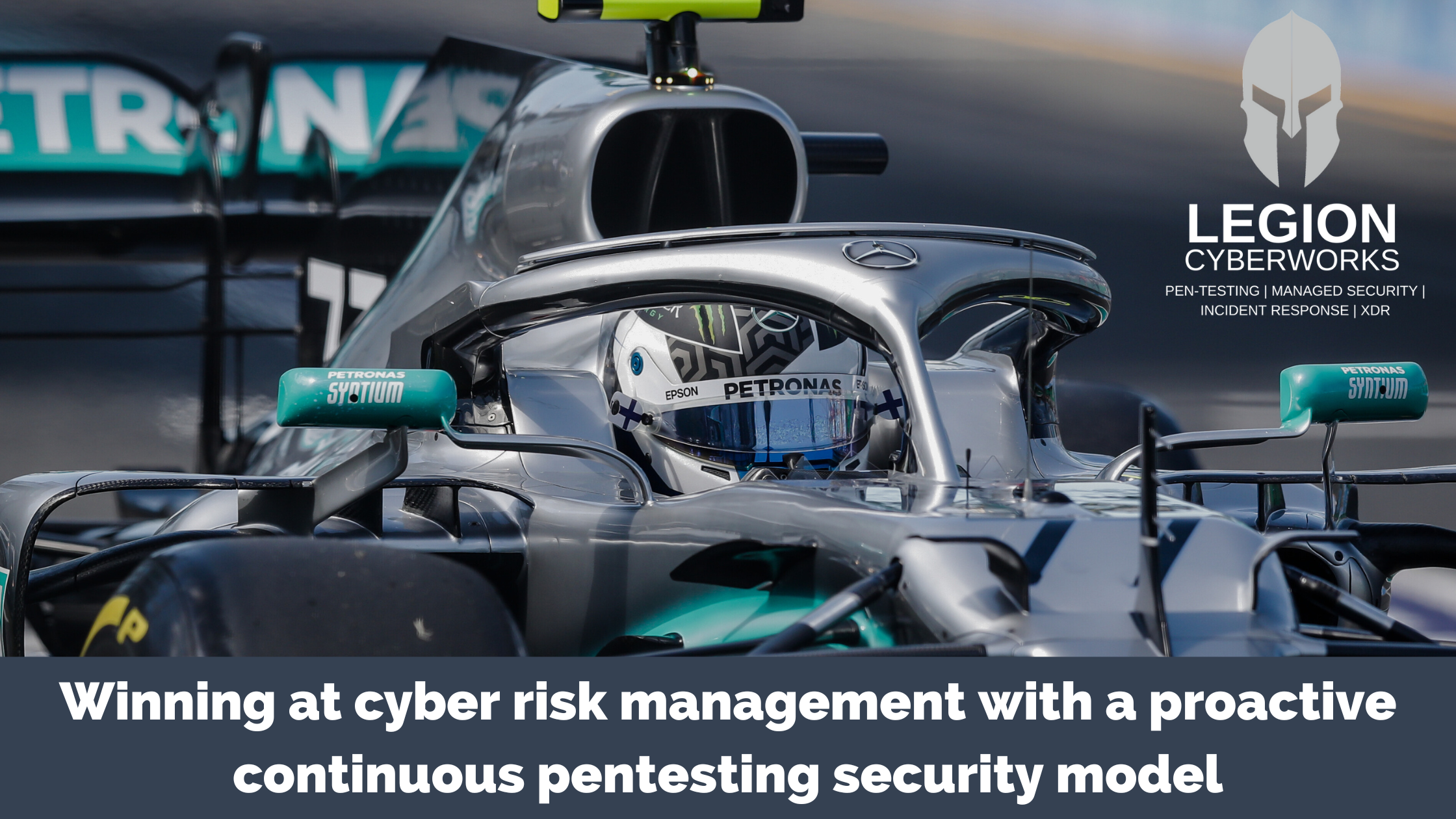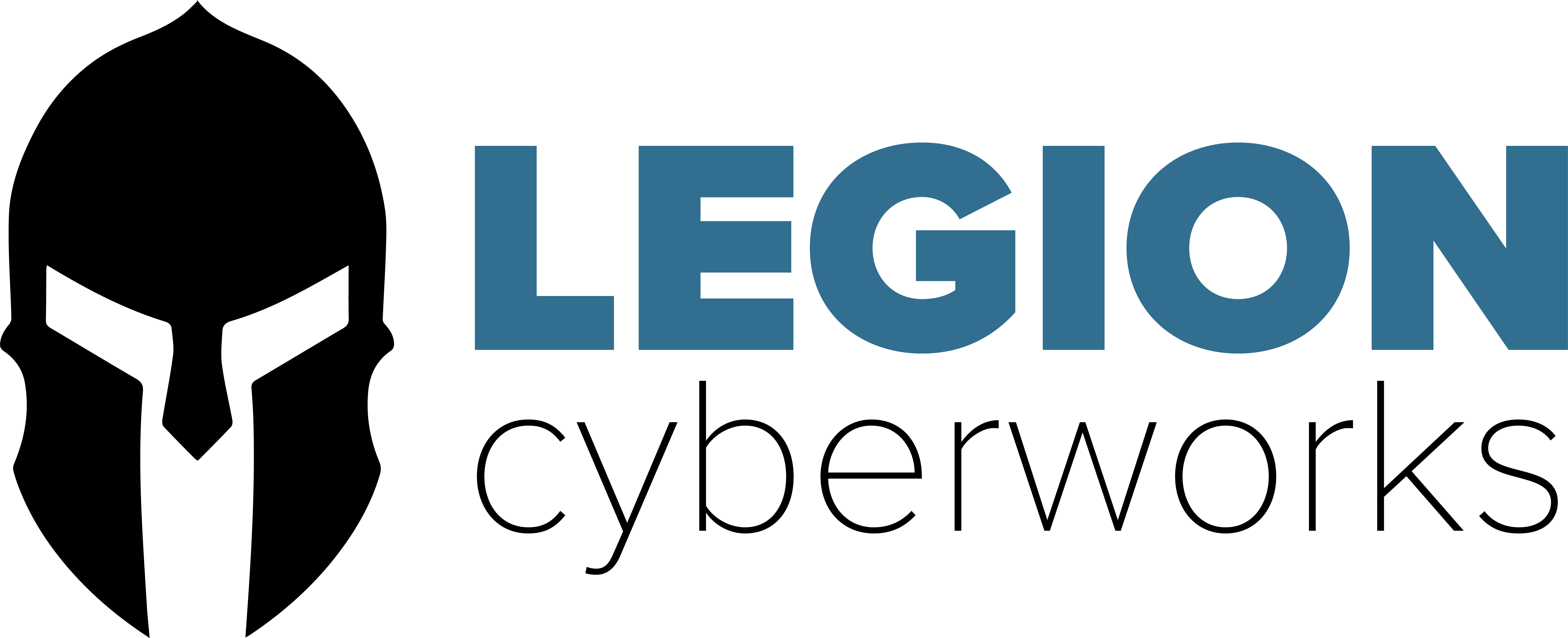
Introduction
The world has changed, including the Internet and how cyber-threats are targeting our systems, applications, and data. We live and work in a diverse and distributed world where sensitive information is like gold to cyber-criminals who either steal it for their own benefit, encrypt it and hold it for ransom, or use threats of leaking it to extort money from their victims. Moreover, we have network intrusions, the compromise of suppliers and code repositories, and a myriad of other threats to contend with.
They all have one thing in common - the attacker is able to find credentials and login, or use weaknesses (aka vulnerabilities) and hack in to gain access and wreak havoc.
The rapid pace of emerging threats and the fact that security holes in widely used platforms (think Log4Shell, the March 2023 3CX breach, and recent Fortinet vulnerabilities) are quickly identified and targeted by threat actors means there should be a strong sense of urgency to find and fix these weaknesses before they are exploited.
Simply put, pentesting only once per year is no longer sustainable or responsible and it poses several risks and limitations for organizations.
This is especially true for SMBs (companies with less than $50M in annual revenue). According to a recent report done by Cyentia, SMBs were the primary victim in 89% of all cyber loss events that exceeded 10% of revenue.
Risks of Annual Pentesting
Some of the most significant risks organizations who only pentest once a year, or less often include the following:
Limited Visibility: Conducting pentests once a year provides only a snapshot of vulnerabilities and risks at a specific point in time. It leaves a significant window of exposure throughout the year during which new vulnerabilities can emerge, rendering the organization susceptible to attacks. This limited visibility increases the chances of undetected vulnerabilities and leaves organizations unaware of potential security weaknesses.
Inadequate Risk Assessment: The threat landscape is dynamic, with new attack techniques, vulnerabilities, and exploits being discovered regularly. Annual pentests may fail to identify emerging threats and zero-day vulnerabilities that have emerged since the previous assessment. This leaves organizations exposed to the risk of new attack vectors that may have been developed or discovered during the year.
Delayed Response to Security Threats: With only annual pentests, organizations have limited opportunities to identify and respond to security threats promptly. If a vulnerability or weakness is discovered during a pentest, organizations may need to wait for several months until the next assessment to address the issue. This delay increases the chances of exploitation by attackers, leading to potential data breaches, financial losses, or reputational damage.
Compliance and Regulatory Concerns: Many industries and regulatory frameworks require organizations to regularly assess and manage their security risks. Relying solely on annual pentests may not meet the requirements of such regulations, which often mandate ongoing risk assessment and proactive security measures. This could result in non-compliance and potential legal and financial consequences.
More and more cyber insurance carriers are beginning to require proof of security controls, including pentesting, in order to continue coverage or to get the best rates.
Lack of Security Preparedness: By conducting pentests only once a year, organizations may miss opportunities to strengthen their security defenses and improve their incident response capabilities. Continuous pentesting allows for regular testing and validation of security controls, providing valuable insights for enhancing security preparedness. Infrequent pentesting may lead to complacency and a false sense of security, leaving organizations ill-prepared to handle real-time cyber threats.
Increased Remediation Costs: Identifying and remediating vulnerabilities is generally more cost-effective when done promptly. Annual pentests may result in a backlog of identified vulnerabilities, which can lead to higher remediation costs due to the accumulation of unaddressed issues. Timely identification and remediation of vulnerabilities through continuous pentesting can help organizations mitigate risks more efficiently and cost-effectively.
Advantages of Adopting a Continuous Pentesting Model
Adopting a continuous pentesting model offers several advantages for organizations in terms of enhancing their security posture and reducing the risk of cyber threats, and here are some key benefits:
On-Demand Risk Assessment: Continuous pentesting allows organizations to assess their security vulnerabilities and risks on an ongoing basis. Instead of conducting periodic pentests, which provide a snapshot of vulnerabilities at a specific point in time, continuous pentesting provides real-time visibility into security weaknesses, ensuring that potential risks are identified and addressed promptly.
Proactive Threat Mitigation: By conducting regular and continuous pentesting, organizations can proactively identify vulnerabilities and potential attack vectors before they are exploited by malicious actors. This proactive approach helps in preventing security breaches and minimizing the potential impact of cyber attacks.
Rapid Response to Emerging Threats: The threat landscape is constantly evolving, with new attack techniques and vulnerabilities emerging regularly. Continuous pentesting enables organizations to stay up to date with the latest threats and vulnerabilities, allowing them to quickly respond and adapt their security measures accordingly. This agility helps in reducing the window of exposure to new attack vectors.
Improved Patch Management: Continuous pentesting helps organizations identify vulnerabilities in their software and systems promptly. This information can be used to prioritize and guide patch management efforts, ensuring that critical vulnerabilities are addressed in a timely manner. By staying on top of patch management, organizations can reduce the attack surface and strengthen their overall security posture.
Enhanced Security Awareness: Regular pentesting activities raise awareness among employees about potential security risks and the importance of maintaining good security practices. Continuous pentesting reinforces the need for vigilance and helps foster a security-conscious culture within the organization. This, in turn, can lead to improved security hygiene and a reduced likelihood of falling victim to social engineering attacks or other security-related pitfalls.
Compliance and Regulatory Requirements: Many industries and regulatory frameworks require organizations to demonstrate the effectiveness of their security measures and ongoing risk management practices. Continuous pentesting provides a robust mechanism for meeting these requirements by continuously monitoring and addressing security vulnerabilities. It helps organizations showcase their commitment to maintaining a strong security posture and can assist in achieving compliance with relevant standards and regulations.
Conclusion
In summary, relying on pentesting once per year introduces risks such as limited visibility, delayed response to threats, compliance concerns, and inadequate risk assessment. Adopting a more frequent and continuous pentesting approach is recommended to ensure proactive risk management and maintain a robust security posture.
Overall, adopting a continuous pentesting model provides organizations with a proactive and dynamic approach to security. It enables them to identify vulnerabilities, respond swiftly to emerging threats, and continuously improve their security posture, thereby reducing the risk of successful cyber attacks.
Legion Cyberworks delivers continuous pentesting as a service (CPTaaS) using advanced AI driven technology that delivers very high quality results that enable our customers to stay ahead of the curve and proactively mitigate weaknesses attackers exploit in the real world.
Contact Us
We’re ready to work together with your organization to build a sustainable security model that will change and scale with your organization.
You can reach us online at https://legioncyber.com/contact by phone at 919-769-2916, or via email at [email protected]. We’re looking forward to working with you!
